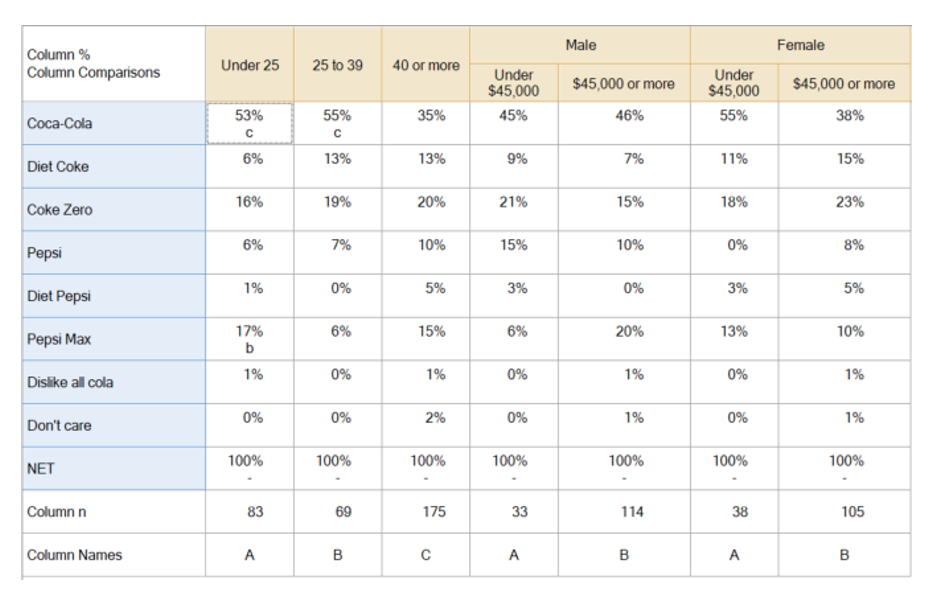EvolveKev
Kevin is all about research. Qualitative, quantitative, UX, you name it. When he's not researching, he's to be found laying down beats in his studio and hanging out with his dogs (and girlfriend). Woof.

If you're into technology, working at Evolve is a bit of a dream. Like most of you, our day-to-day involves a lot of digital (or digitally powered) communication with the usual suspects like Slack, Zoom, and Asana. But, we also get to play with much dedicated research-related tech and methodologies that add oodles of value to our projects.
This Friday and next Friday, each of us will dive into our favorite research-related tools and techniques.
Today, Brinkley and Stew dive into the tools they like working with most.

Favorite Tech: Q Software
I like Q Software because you get to dive into the data and actually see more than just the base numbers from a survey. You start to see what stands out from the rest of the data and what essential details can be turned into actionable recommendations for the client.
Using Q to look at the data by cross-tabulating demographics is fascinating. Everyone is unique and has very different life experiences that shape their opinions. However, when it comes to quantitative research, you have such a significant sample that you can still discover a demographic group's overall inclination on almost any given topic.
Q plays a crucial role in helping me inform our clients on how to better understand and serve their target audience.
Favorite Technique: MaxDiff (AKA Best-Worst Scaling)
I'm a massive fan of MaxDiff because it forces respondents to make trade-offs when comparing options, choosing the best and worst option out of each set. Each option is displayed a certain number of times during the exercise, pitted against a different set of options each time it's displayed.
The result is a preference of share output ranking the relative appeal of each option. On the surface, it's essentially a sophisticated ranking exercise. Still, it eliminates much of the bias of a traditional ranking question since each option is displayed several times and compared against different sets.
The real power of MaxDiff comes when you dig deeper into the data and perform a Latent Class Analysis. This shows us how different options resonate with varying subsets of the population. Using MaxDiff and LCA in conjunction gives us a well-rounded view of the population and makes more targeted recommendations to our clients.
Posted by EvolveKev

Kevin is all about research. Qualitative, quantitative, UX, you name it. When he's not researching, he's to be found laying down beats in his studio and hanging out with his dogs (and girlfriend). Woof.

KEVIN JESSOP CEO / Research Director kevin@evolve-research.com
STEWART LAW Research Manager stewart@evolve-research.com
JENNIFER WILLIAMS Project Manager jennifer@evolve-research.com
825 N. Broadway Ave, Suite 210 / Oklahoma City, OK 73102 P 405-602-8029 E info@evolve-research.com